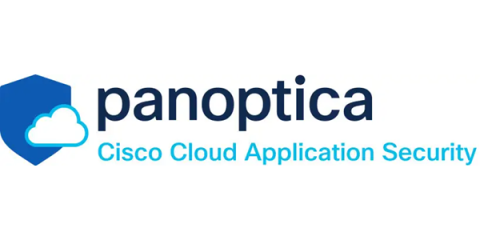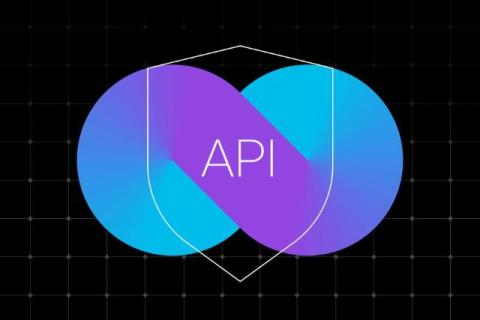Cloud Alphabet Soup Examining CSPM, DSPM, KSPM, and CNAPP
Cloud native applications are dominating the tech landscape for modern enterprises. A garden-variety cloud native application consists of microservices deployed in containers orchestrated with Kubernetes, and these microservices interact together via APIs. Netflix, Salesforce, and Atlassian products like Jira and Confluence are all common examples of cloud native applications.




